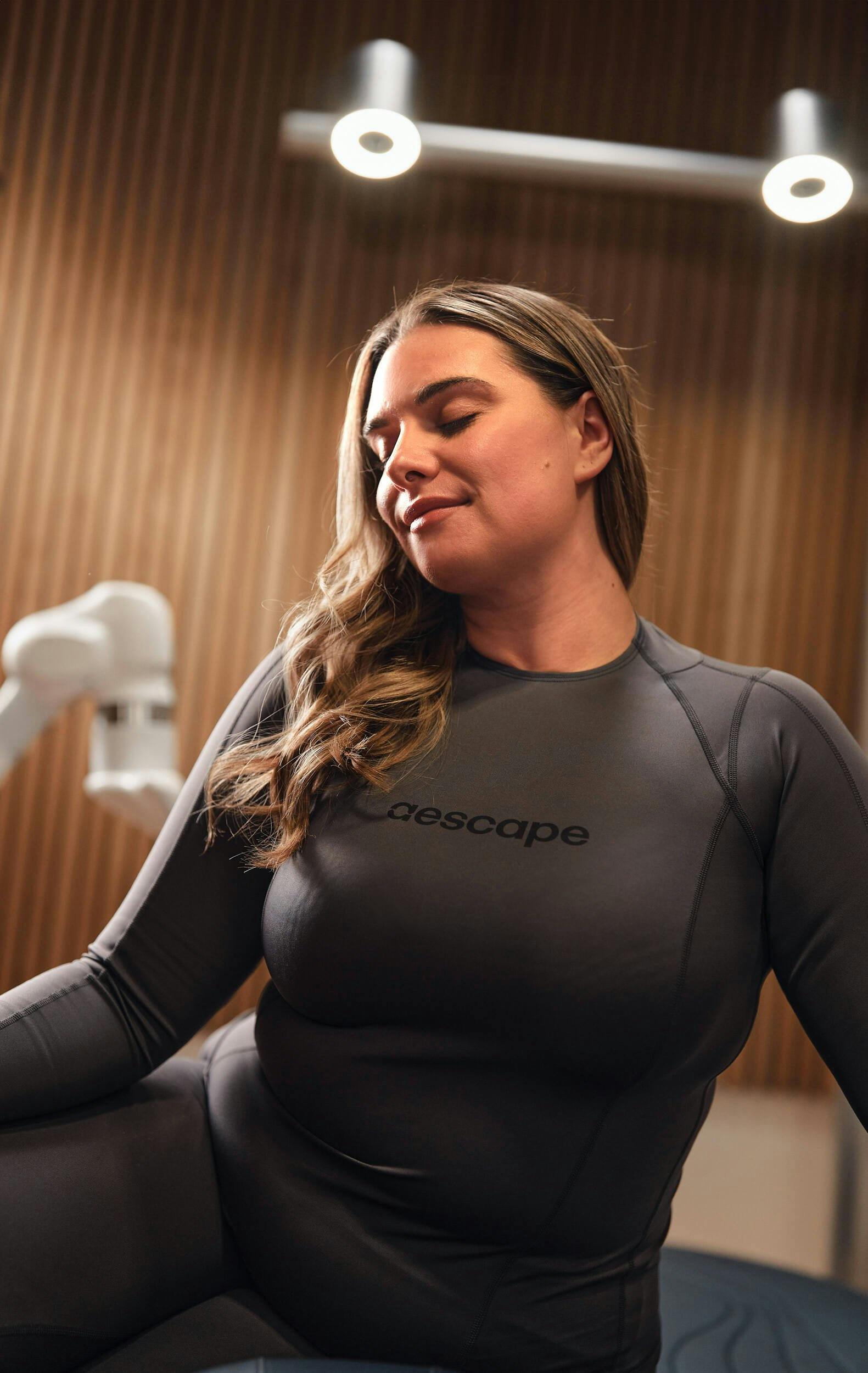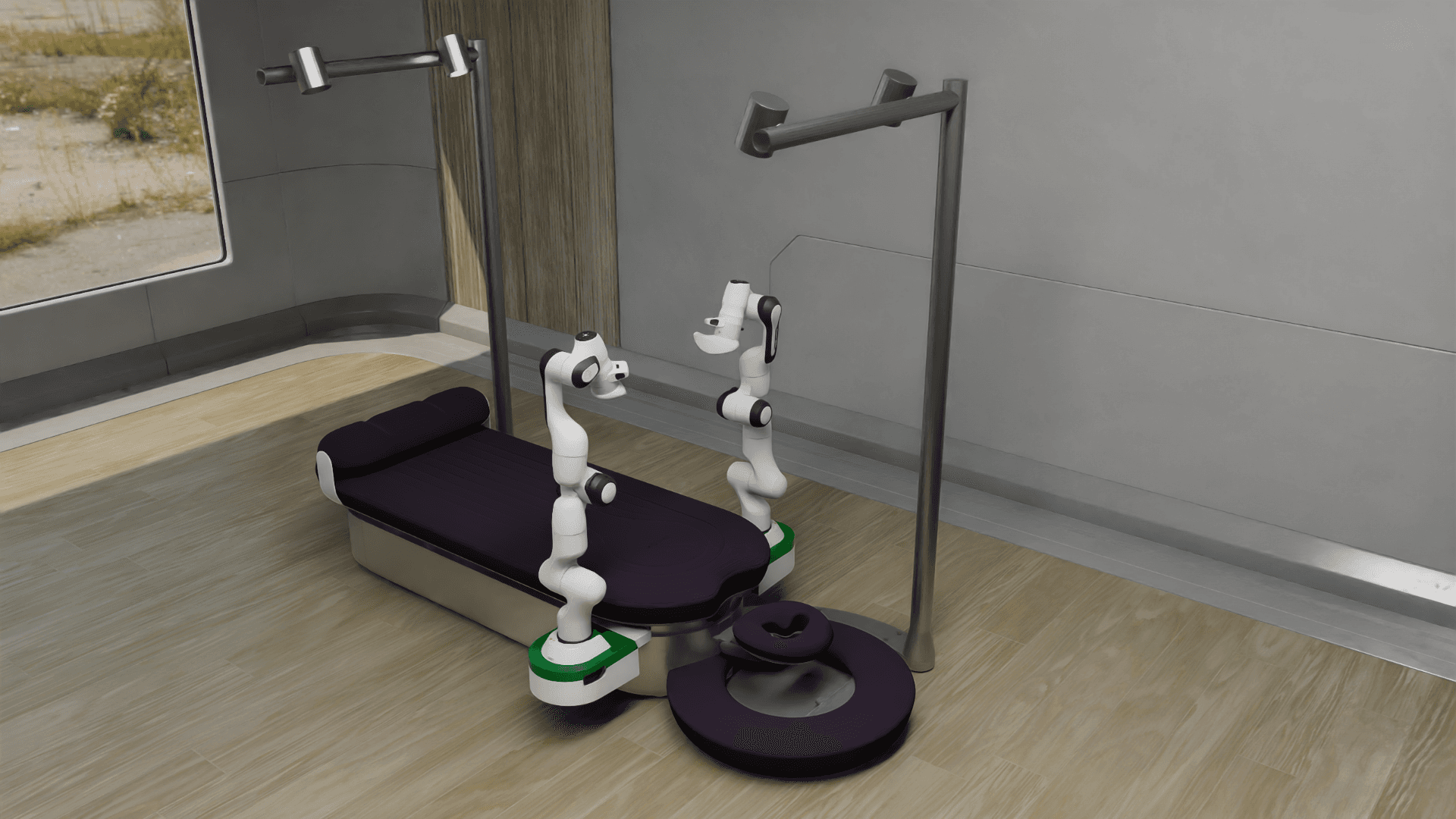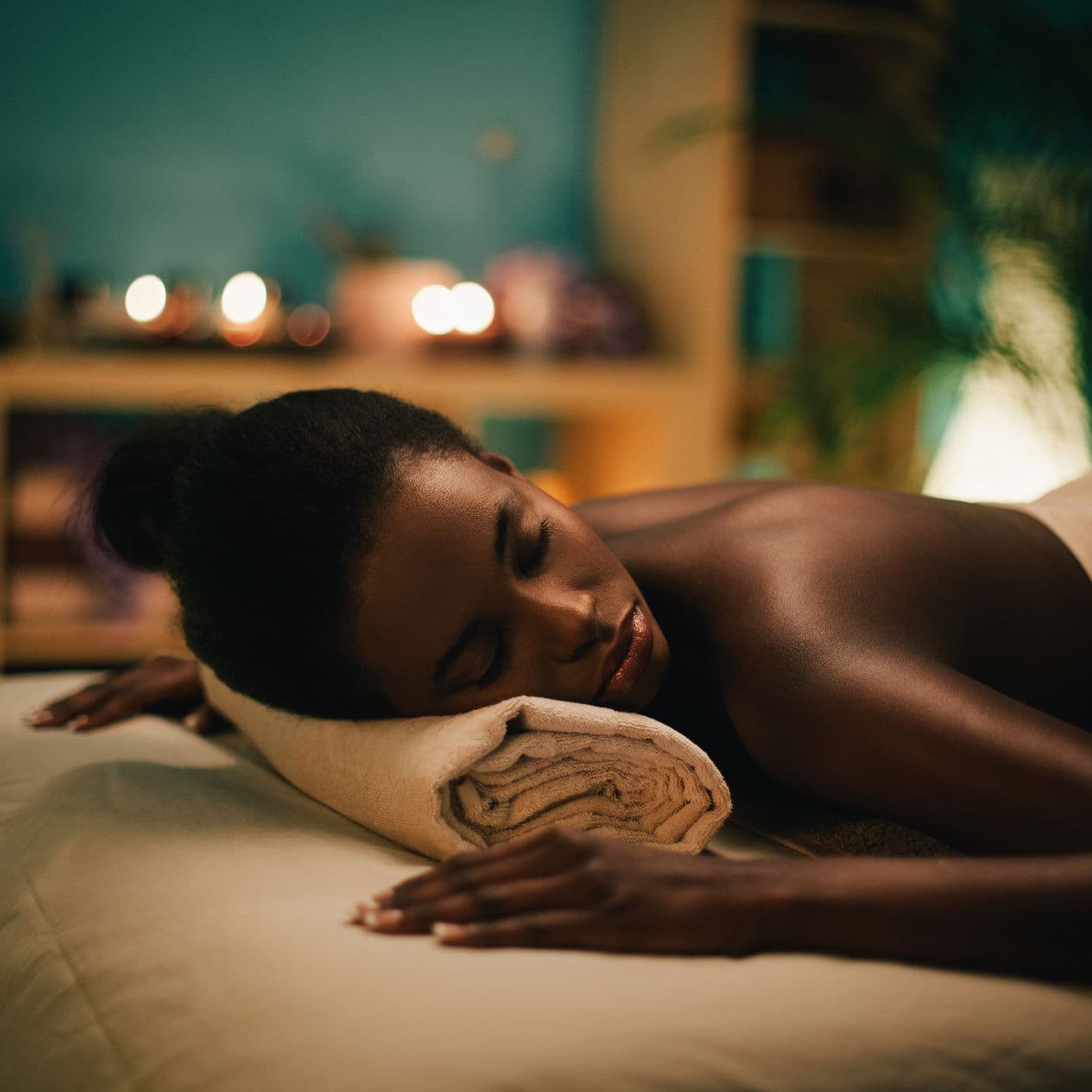Massage Therapy for Sports Recovery: Accelerating Healing and Performance

Sports and rehabilitative therapy are crucial in sports medicine and physical therapy. Massage techniques are practical tools in promoting healing, preventing injuries, and enhancing performance for athletes at all levels, from pro athletes to weekend warriors.
For athletes, sports massage therapy can be a valuable tool for sports recovery. It can help reduce muscle soreness, increase flexibility, improve range of motion, and speed up healing after intense physical activity.
Aescape’s VP of Partnerships, Dan Burns, knows all about massage therapy and the effects it can have on athletes after playing high level lacrosse at Maryland and for Team USA. Here’s what he has to say about the role it played in his career:
“"As a former athlete, massage therapy was instrumental in my ability to perform my best on the field . When I was playing lacrosse, the work I'd get done off the field was key in me being able to stay injury free on the field.
”
“I can't wait for everyone to have the ability to get consistent work done as a piece to their training regiment like I was able to - it's a game changer for how you feel and show up, and everyone should have the same accessibility to such treatments"”
The Best Types of Massage Therapy for Sports Recovery
To cater to the specific needs of athletes, various types of sports massage therapy can be utilized for sports recovery:
1. Swedish massage: This popular form of massage therapy employs long, flowing strokes to induce relaxation and improve overall circulation. Swedish massage is an excellent choice for athletes looking to unwind, relieve muscle tension, and promote stronger performance.
2. Deep tissue massage: Athletes with chronic pain or restricted range of motion can benefit from deep tissue massage. This technique applies deeper pressure to target the underlying layers of muscle tissue, releasing tension and promoting flexibility.
3. Trigger point massage: Trigger point massage is particularly effective for athletes experiencing muscle spasms or localized pain. This technique focuses on specific points within the muscles that are causing discomfort, releasing tension and improving range of motion.
4. Myofascial release massage: Myofascial release massage targets the fascia, the connective tissue surrounding the muscles. This technique helps release tension in the fascia through gentle pressure, enhancing flexibility and range of motion.
How Massage Therapy Helps with Sports Recovery
Massage therapy provides numerous benefits for sports recovery, but how does it actually work? Athletes mainly use massage therapy to improve flexibility and reduce soreness, but those aren't the only benefits. Take a look below for more details:
Reduces muscle soreness
One of the primary benefits of sports massage therapy is its ability to alleviate muscle soreness.
Sports massage therapy helps remove waste products and supply essential nutrients to the muscles through increased blood flow to the affected area.
This process accelerates the recovery and repair of muscle tissue, enabling athletes to bounce back faster after intense physical activity.
Increases flexibility
Massage therapy is crucial in improving an athlete's flexibility; it enhances the range of motion and reduces the risk of injuries, especially when techniques that involve stretching muscles and breaking up scar tissue are incorporated.
Increased flexibility allows athletes to perform optimally and prevents muscle strains or sprains on muscles during sports activities.
Improves range of motion
Tight muscles and fascia can restrict an athlete's range of motion, leading to decreased performance and an increased likelihood of injury.
Massage therapy targets these tight areas, loosening muscles and fascia, thus enabling athletes to move more freely.
In addition, sports massage therapy minimizes the risk of sports-related injuries and enhances overall performance by promoting the optimal range of motion.
Speeds up the healing process
Even with preventative care, injuries can be an inevitable part of an athlete's journey, and massage therapy can significantly contribute to the healing process.
This is possible because massage therapy facilitates the delivery of vital nutrients to injured muscles, tendons, and ligaments through increased blood flow and reduced inflammation.
The improved circulation expedites the healing process, allowing athletes to recover more quickly and return to the game.
In addition to the above, sports massage therapy has also been shown to have both physiological and psychological benefits, including:
- Decreased muscle tension
- Reduced nerve pain and inflammation
- Better sleep
- Reduced anxiety
- Improved mood

Optimal Timing and Frequency for Sports Massage Therapy
When to get sports massage therapy:
Determining the frequency of massage therapy for sports recovery and performance depends on individual needs.
The optimal frequency of massages varies based on an athlete's training intensity, recovery time, and overall physical condition.
Some athletes may benefit from weekly massages, while others require more frequent sessions to address specific issues or injuries. It’s recommended that athletes new to massage therapy start with one weekly session and gradually assess their response and needs.
Pre-workout massage:
A massage before a workout can warm up and prepare the muscles, promoting flexibility and preventing injuries during physical exertion.
Post-workout massage:
This is the perfect time for a massage as it encourages faster muscle recovery, reduces post-activity soreness, and enhances the overall regeneration process.
F.A.Qs
What Is The Difference Between A Sports Massage And A Regular Massage?
The main difference between a sports massage and a regular massage is that a sports massage is more focused on the muscles and soft tissues used in athletic activity.
A regular massage, on the other hand, is more general and may focus on the entire body.
Additionally, a sports massage is often more intense than a regular massage, as it helps athletes recover from injuries and improve performance.
Is It Good To Have A Sports Massage?
Yes, it is good to have a sports massage if you are an athlete or participate in regular physical activity. Sports massages can help to:
- Relax tight muscles
- Reduce pain
- Improve range of motion
- Speed up the recovery process after exercise
- Prevent future injuries
What Is The Difference Between a Swedish Massage And a Sports Massage?
Swedish and sports massage are both types of massage therapy, but they have different goals and techniques.
Swedish massage is a general massage designed to relax the body and relieve stress.
On the other hand, sports massage is more focused on the muscles and soft tissues used in athletic activity. It helps athletes recover from injuries, improve performance, and prevent future injuries.
Sports massage therapy is a safe and effective means to accelerate healing and improve athletic performance during sports recovery.
Athletes are encouraged to explore the benefits of massage therapy, integrating it into their training regimen to unlock its potential in reaching their goals.
Harnessing these powers of sports massage therapy will help athletes enhance their recovery process, minimize injuries, and optimize their overall sports performance.












































